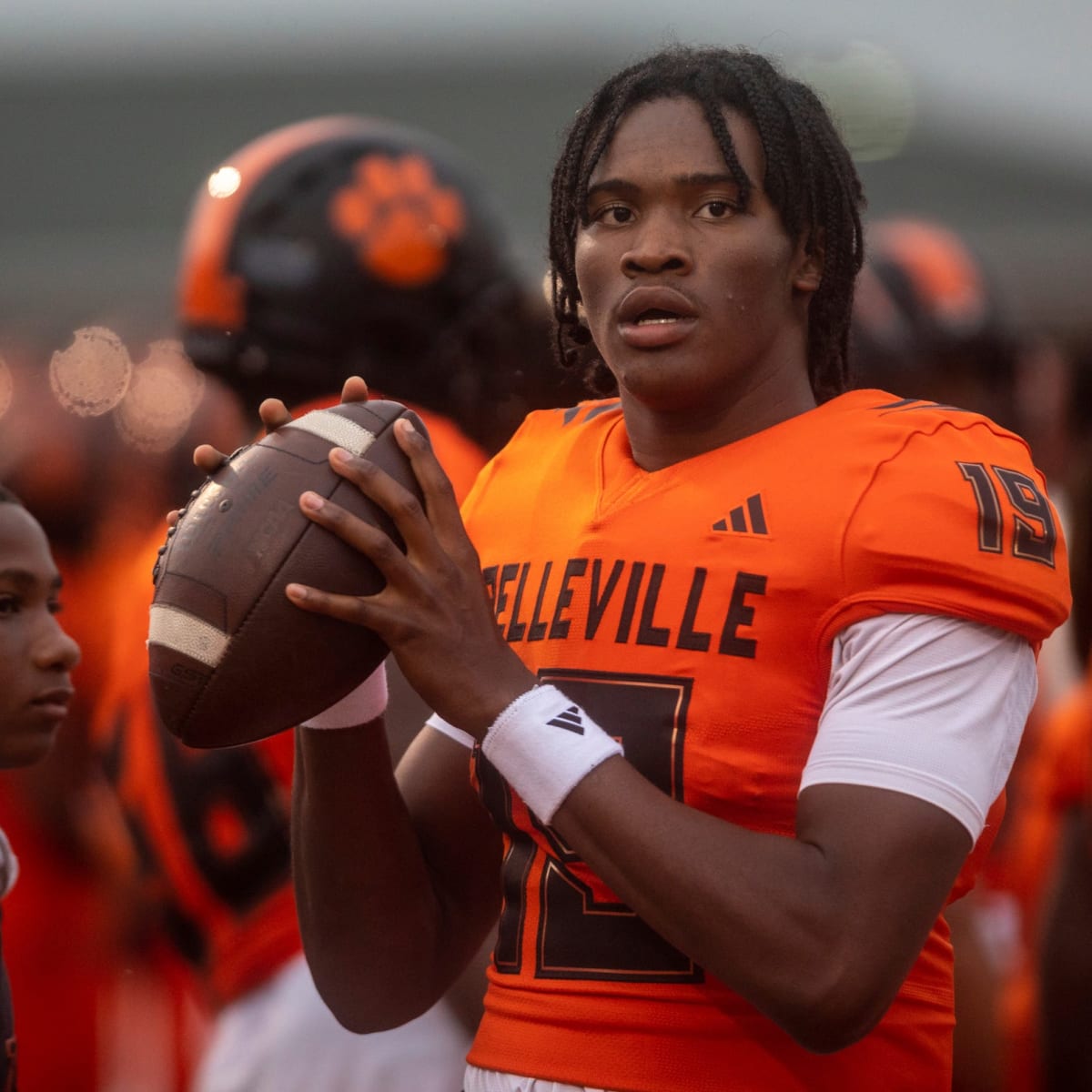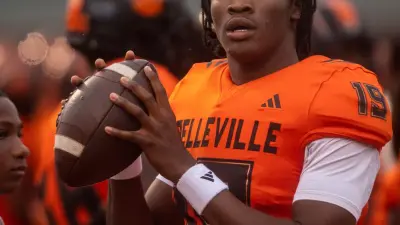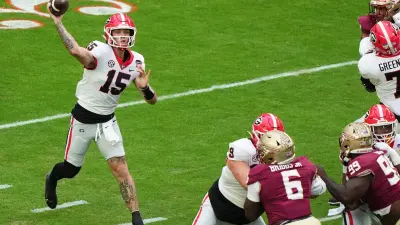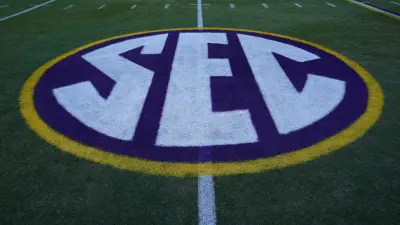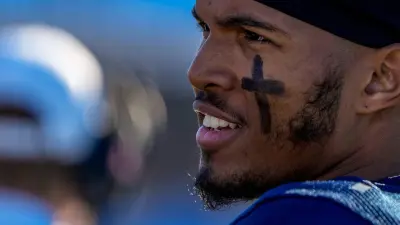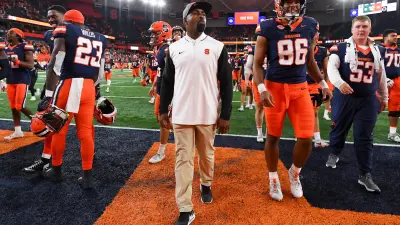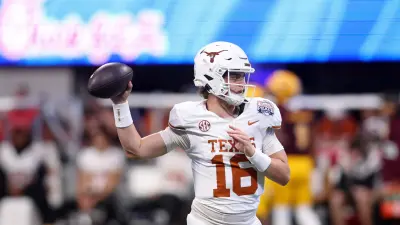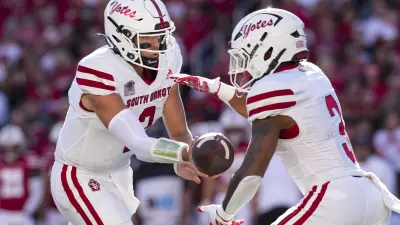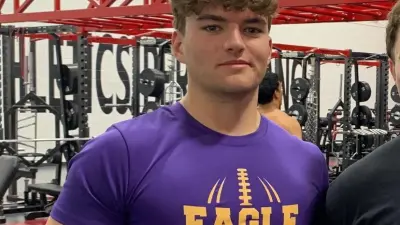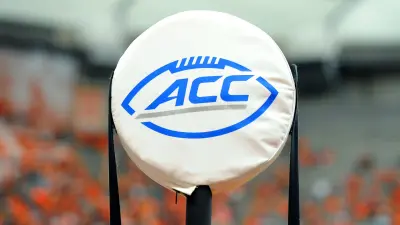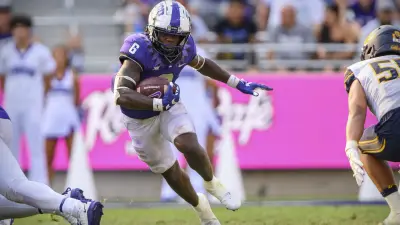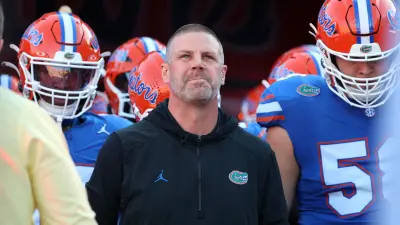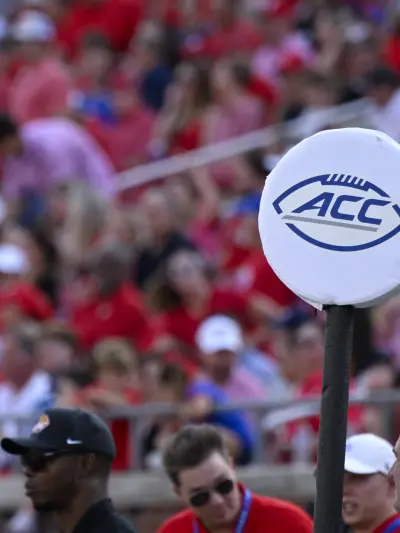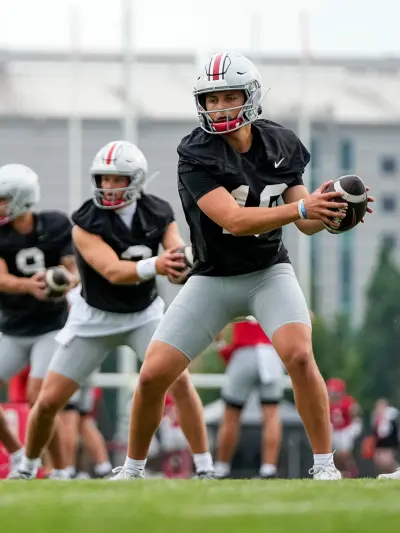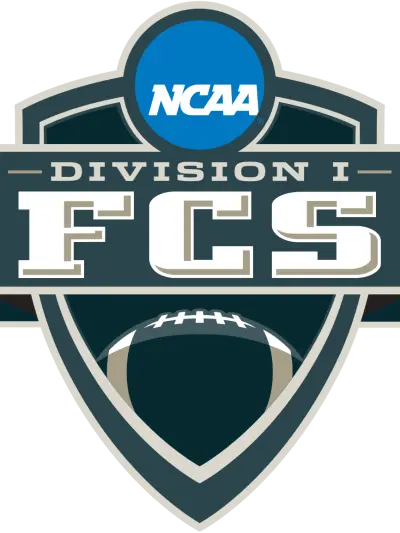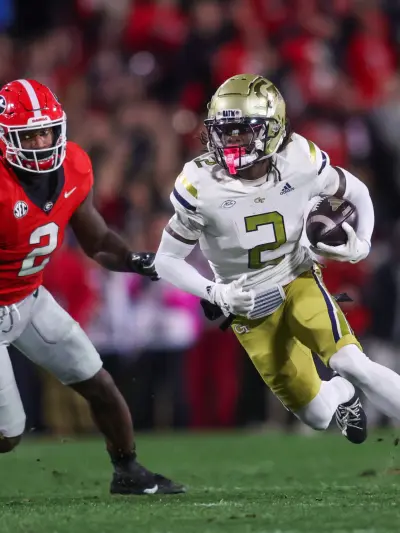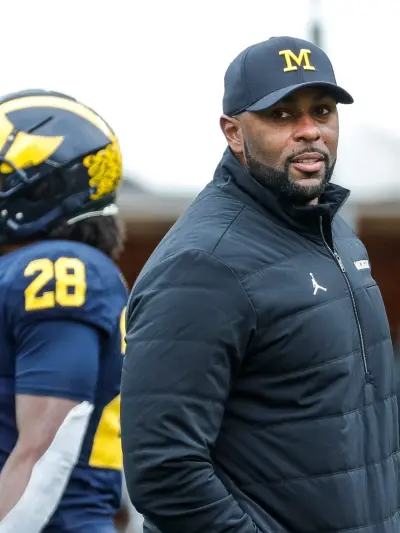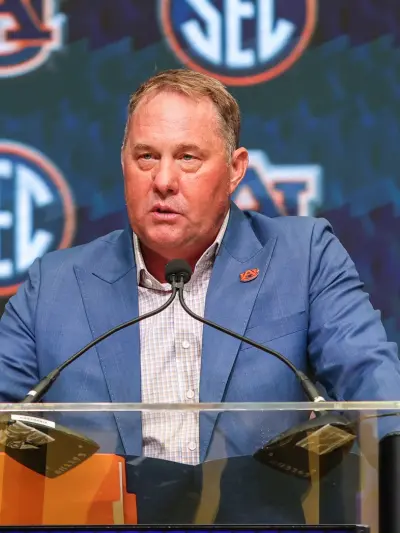By Sean Labar
Just a few years ago, the thought of players getting paid was viewed like some kind of crime, despite the massive amounts of revenue they generate for their universities.
But for nearly a decade, there was an obvious shift coming, but nobody knew when it would happen, how it would work and if the NCAA would actually agree to a model where student-athletes were permitted to earn revenue.
Finally, in July of 2021, the NCAA no longer had a choice.
The Supreme Court ruled the NCAA was no longer permitted to prohibit student-athletes from profiting off education-related payments. This in turn forced the NCAA to amend its policy “allowing NCAA student-athletes the opportunity to benefit from their NIL without jeopardizing their NCAA eligibility.”
Since then, the college football landscape has turned into the Wild West overnight. With NIL rules and regulations varying from state to state and no clear governance, programs, school officials, boosters, agents, collectives, head coaches and everyone associated with a given team have been forced to adapt on the fly.
While student-athletes still aren’t permitted to take direct money from the University, they can get endorsements, get compensated for appearances, autograph sessions, camps, and other events.
More Sports News
NIL has completely changed the sport. Collectives and boosters have formed at all the major Power 4 schools with the goal of raising as much money as possible.
Now, powerful fans with big pockets can attract the best players possible — and in turn —literally help bring top-tier talent to the program that may not have not considered the school otherwise.
While the majority of players on teams — even the big ones like Michigan State or Kentucky — aren’t likely making ridiculous sums of money, it isn’t crazy to think most players — especially at the powerhouses like Alabama, Georgia, Ohio State and Texas — have at least one NIL deal putting cash in their pockets.
The very best players in the country?
Colorado star QB Shedeur Sanders currently has the highest NIL valuation (according to On3) of any college athlete at $6.2 million, while Texas QB Arch Manning is worth just over $3 million. Oregon QB Dillion Gabriel has a NIL valuation of $2 million, while other Big Ten QBs Drew Allar (Penn State) and Will Howard (Ohio State) are valued at $1.4 million.
On3 has emerged as the leader in the NIL news space and has become the go-to reference point for players, coaches, collectives, parents, and agents to determine a player’s worth.
On3’s proprietary algorithm calculates an athlete’s Roster Value and NIL by using dynamic data points targeting four primary categories: Performance, influence, exposure, and deal data.
The Roster Value component of the algorithm relies heavily on collected deal data in the overall college marketplace. Essentially, it is what the athletes are being paid to play the sport and is similar to contracts/salaries a professional athlete receives from their team. It projects as long as to 12 months in the future, so it’s essentially a close estimate to the dollar figure each athlete is making per year while in college.
At this point, most fans aren’t surprised to see the top QBs in the sport to be making a few million per season and inking endorsement deals with the top brands in the world.
But where it gets really crazy?
The NIL valuations for high school football players who have never played a down at the collegiate level but have committed to their future programs who now quite literally bid for their services.
It’s no surprise the top 5 high school commit valuations come from programs from the top two conferences in college football, the SEC and Big Ten.
5. Michael Fasusi, Lewisville TX
NIL Valuation: $933K
The 5-star OT and a top-15 player in the 2025 cycle narrowed his final five schools to Texas, Oklahoma, Texas A&M, Oregon, and Missouri.
The highly sought-after tackle didn’t shy away from admitting NIL money played a factor in his recruitment and ultimately opted to play for the Sooners.
“With NIL, it’s for sure a factor in it [his decision],” the 6-foot-5, 299-pound offensive tackle told On3. “But at the end of the day, I’m putting development and education at the top because I do think that’s what’s going to — that’s the long-term goal. You feel me? NIL it is going to mean a little bit, but I’m all for the long-term money and that’s my goal.”
Fasusi admitted NIL money will aid him in helping his family but said he didn’t view it as a deciding factor.
“NIL for me just going to be a resource for me to take care of my family,” Michael Fasusi said. “That’s what I see it as, I don’t see it as a deciding factor. I do have a lot of schools that, you know, they want to pay me a lot. But at the end of it, I don’t even know if I will negotiate.”
He continued to say his main goal was to make it to the NFL. It’s unclear how On3 came to such a high valuation, considering they reported the top OL in HS and the transfer portal were commanding just north of $400,000 for 2025.
It’s clear they know something we don’t.
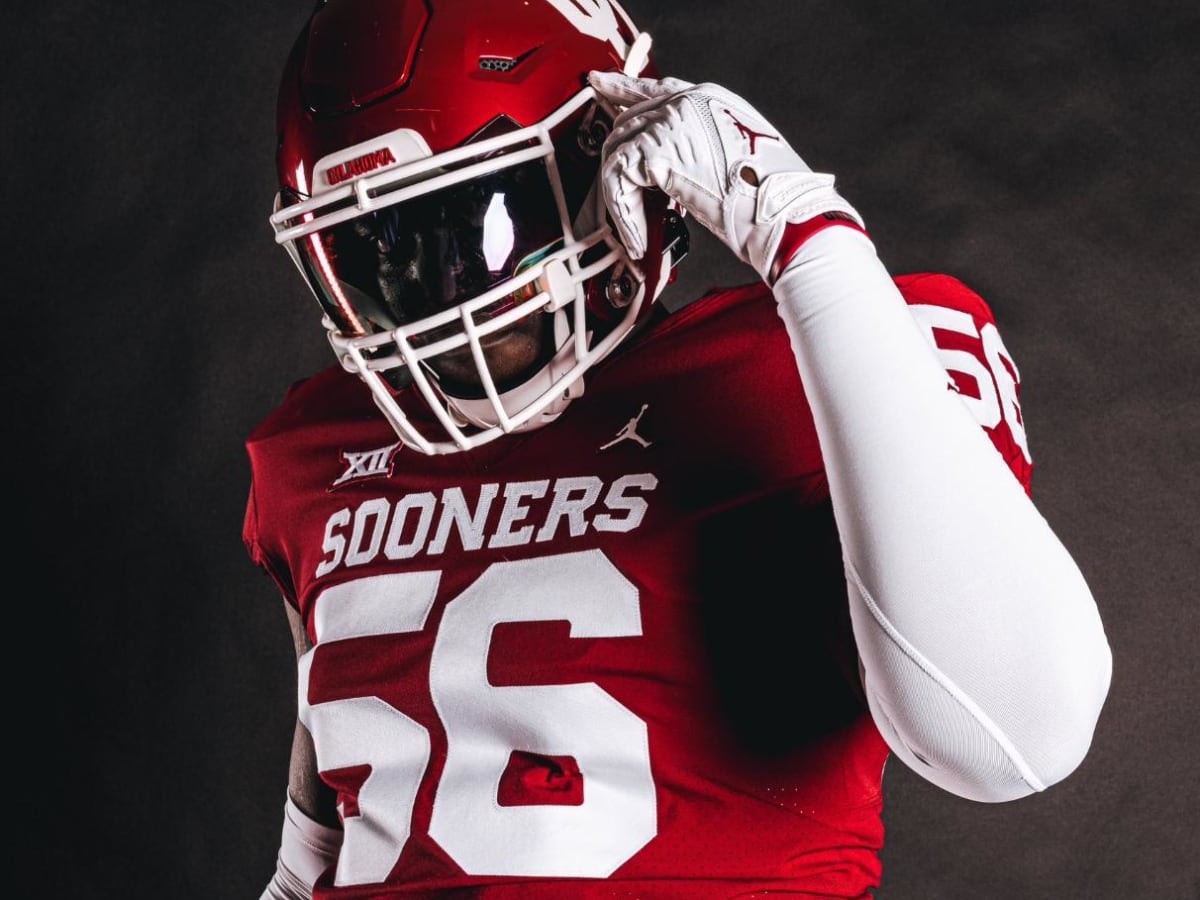
4. Keelon Russell, QB, Duncanville, TX
NIL Valuation: $985K
The Texas native actually committed to SMU for a long time throughout much of his recruitment. ESPN and Rivals had him ranked as the No. 1 QB of the 2025 class, while 247 Sports had him at No. 3 and On3 had him at No. 5.
Either way, it’s no surprise that Alabama, one of the most powerful collectives filled with boosters with big pockets ponied up to lure the dual-threat passer they hope will be the next great college signal caller.
At 6’3”, 175 lbs., Russell has the perfect build for a dual-threat QB. Russell has great pocket presence and patience, as he waits for his receivers to get separation. He’s quick and elusive for his size and can use his legs if he can’t find an open receiver or is pressured by the defense. Russell passed for over 3,200 yards, 35 touchdowns, and only three interceptions. On the ground, he added 54 carries for four touchdowns and 304 yards.
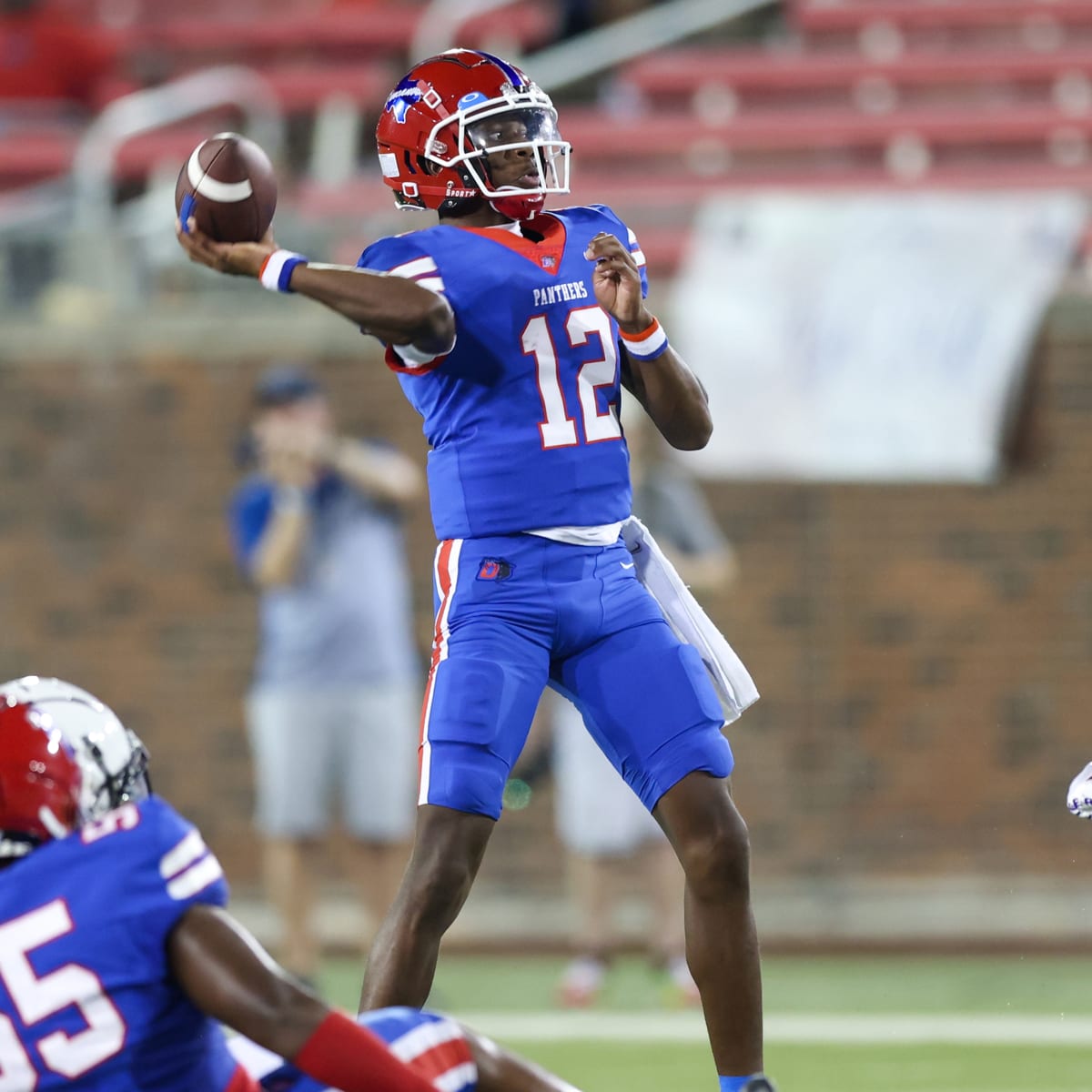
3. Tavien St. Clair, QB, Bellfontaine, OH
NIL Valuation: $1 million
The first current high school player to have a valuation that surpasses $1 million is 5-star QB Tavien St. Clair, another dual-threat QB who On3 and 247 both have listed as their No. 2 QB in the 2025 class.
St. Clair was 6-foot-2, 175 pounds as a freshman at Bellefontaine High School. He had no scholarship offers or major college interest and had to battle for the starting job during his first year of high school. After winning the job halfway through the season he was able to finish the season strong.
St. Clair and his family thought that was a lot to build on. That’s when the first evaluation period hit. College coaches started coming through the school and as he grew physically and thrived on the field as each year passed, the offers got better and better.
Now at 6-foot-4, 230 pounds, St. Clair waited patiently for Ohio State to recruit him as he always had dreams for playing for the hometown team.
Even with offers from nearly every major SEC program that likely included the $1 million he settled on to head to Columbus, he’s made it clear he’s always wanted to be a Buckeye.
Now Ryan Day and Chip Kelly will hope they struck gold.
2. David Sanders Jr., OT, Charlotte, NC
NIL Valuation: $1.1 million
It’s clear the top programs in the country put the most value on quarterbacks and premier offensive tackles.
The 6-foot-5, 275 offensive lineman who also thrived on the other side of the ball as a dominant DL, was ranked the No. 1 OL of the 2025 class by Rivals, ESPN, and 247.
The Charlotte, NC native was heavily recruited by Ohio State, Georgia, and Clemson but opted to take his talents to Tennessee and be part of a Volunteers program that has been getting better every year under Josh Heupel.
Sanders is a twitchy, explosive but massive physical specimen, who has been one of the top offensive tackles for the entirety of the 2025 recruiting cycle. He has rare athleticism for his size and it transfers over to the field. An electric mover with considerable twitch. Sanders explodes to the second level and moves effortlessly in space
This kind of money for a prospect of his caliber likely means Sanders will be starting at left tackle for the Vols sooner rather than later.
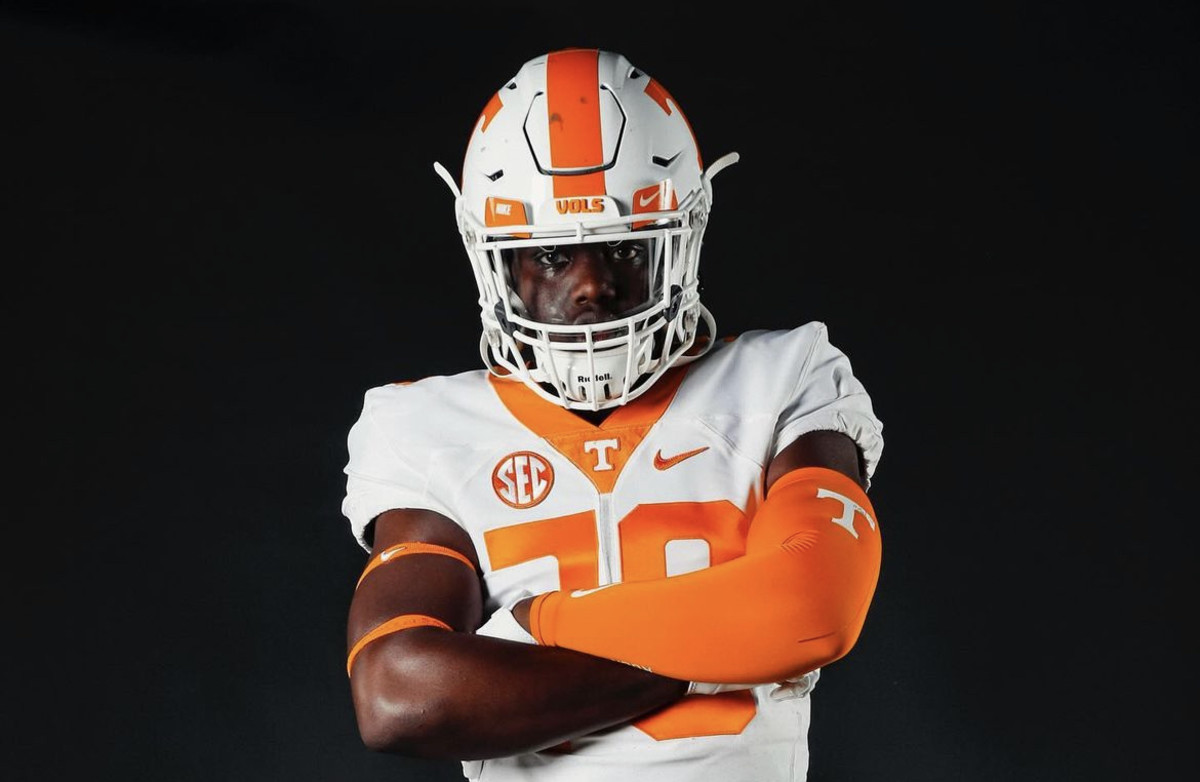
1. Bryce Underwood, QB, Belleville, MI
NIL Valuation: $1.3 million
It’s no surprise a QB committed to a major SEC program currently has the highest NIL valuation. Underwood is the consensus No. 1 QB of the 2025 class, ranked as the top signal-caller of the class by On3, 247, and Rivals.
Despite showing early interest in early offers from Michigan, Michigan State, and Ohio State, the 6-foot-4, 214-pound QB that draws comparisons to Trevor Lawrence, opted to leave his home state of Michigan and commit to play for Brian Kelly and the LSU Tigers in the SEC.
While Underwood’s a pass-first QB who can make every throw possible that a high-caliber college QB need to make with ease, he’s also the most accomplished quarterback of the class. After his junior year, he had a 40-2 record as a starter with two state titles entering his senior season. He completed 65% of his passes for 3,329 yards (12.1 yards per attempt) and 41 touchdowns against 3 interceptions as a junior.
Despite having the tools of the old-school prototypical “pocket passer,” Underwood has the ability to extend plays with his legs and his considered a dual-threat passer.
LSU has been on the cusp of reaching another national championship — and Brian Kelly has had an up-and-down tenure so far as head coach — but he’s hoping Underwood might be the answer.
